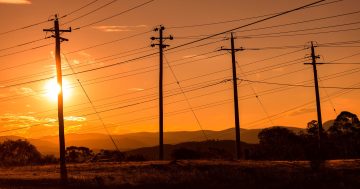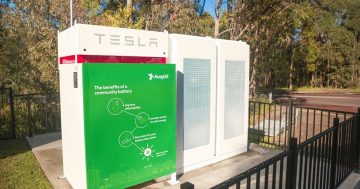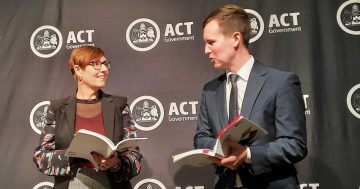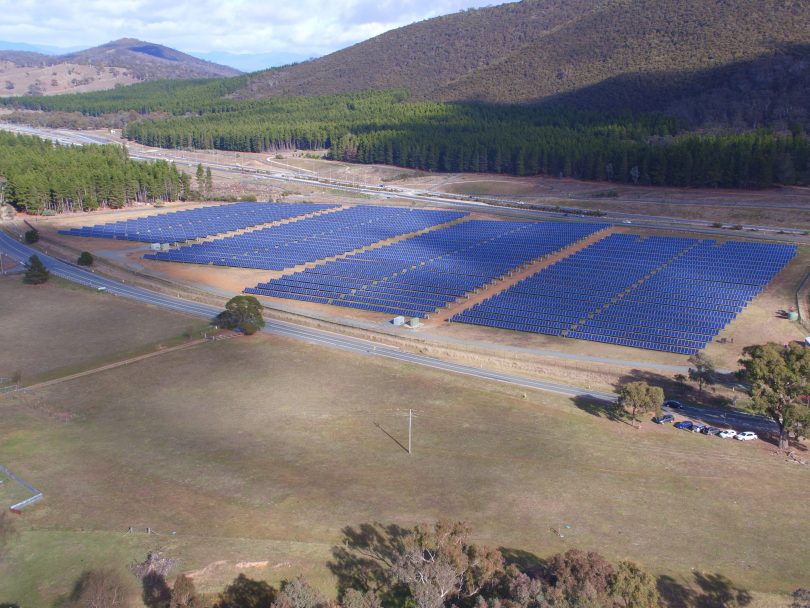
The Mt Majura Solar Farm is part of Canberra’s solar highway and creates enough renewable electricity each year to power around 3000 Canberra homes. Photo: File.
Canberrans will save an average of $23 a year on their electricity bills while the rest of the country readies for a ‘perfect storm’ that will set prices soaring
The ACT is the only jurisdiction in the national electricity market where prices will decline in 2022-23, according to the ACT’s Independent Competition and Regulatory Commission (ICRC).
In NSW, power bills are expected to go up between 8.5 and 18.3 per cent.
But in Canberra, from 1 July, ActewAGL’s regulated (standing offer) tariffs will decrease, on average, by at least 1.25 per cent.
Senior Commissioner Joe Dimasi said an average residential customer consuming 6500 kWh would see their bills decline by $23 a year while a non-residential customer consuming 25,000kWh would note a decrease in their annual bill of $88.
For residential customers, that’s a saving of about 44 cents a week.
This bucks a prediction made by the Australian Energy Market Commission in 2020 which forecast annual power bills in the ACT would increase by 2.3 per cent over 2022-23.
At the time, the Commission predicted the states would experience price falls.
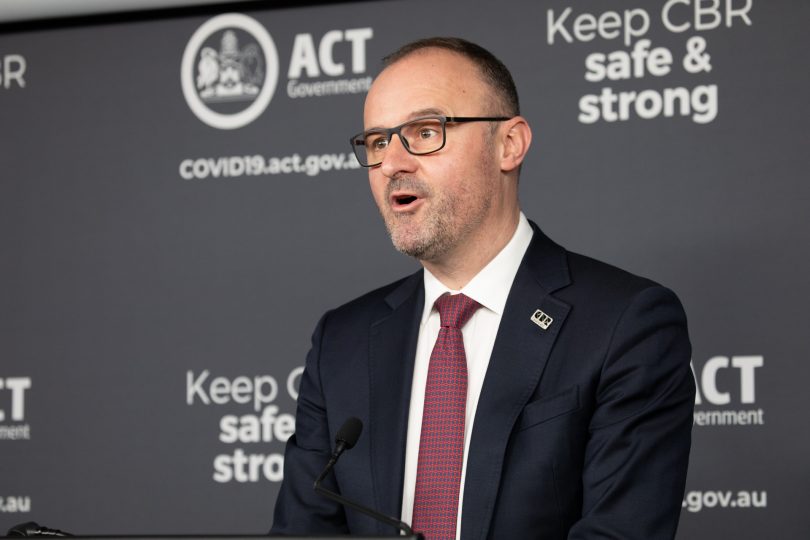
Chief Minister Andrew Barr. Photo: Michelle Kroll.
But Chief Minister Andrew Barr said today was not a day of ‘triumph’ but merely the result of good policy decisions made with foresight a decade ago.
“What it does mean for the ACT is relative price stability … it should give Canberrans confidence that not only was this the right decision to take way back in 2012, but it has paid big dividends now,” he said.
“The ACT is well-placed to ride out this challenging period.”
Canberrans can today thank the Territory’s unique arrangements with renewable energy generators for shielding them from the worst of the price hikes.
The ACT began implementing its 100 per cent renewable electricity target in 2012. Since its first contract with the small Royalla solar farm, it has locked in deals with 10 other generators around the country.
By 2020, it had achieved its 100 per cent renewable energy goal.
Each of those contracts includes a locked-in ‘strike price’ which can either be above or below market value.
When it’s below the market price – which it is now – generators pay the difference to the ACT and Canberra households save.
That scheme doesn’t always save the ACT household’s money, however.
When the strike price is above market value, the network has to pay the generators the difference which translates to higher prices for Canberrans.
Last year, electricity prices increased by an average of $3.76 per week for a typical Canberra household due to a 36.91 per cent increase in network costs.
Mr Barr today said he didn’t anticipate those fixed prices increasing in the future as the costs of renewable energy generation would remain low.
“It’s the upfront infrastructure where the major expense is. The sun … will continue to shine and the wind will continue to blow,” he said.
But today, the reported price decrease is being driven by a 20.07 per cent decline in the cost of the ACT Government’s feed-in-tariff scheme (the network costs).
This equated to a 4.04 percentage point decline in costs.
However, a 13.65 per cent increase in wholesale energy purchase costs offset the price decrease from the network costs by 3.58 percentage points.
Wholesale energy purchase costs have increased because of higher coal and gas prices reflecting world events such as the Russian invasion of Ukraine, as well as coal power stations coming offline.
A reduction in thermal generation and the slowing of large-scale renewables coming online contributed to the increase in these costs, the ICRC said.
Minister for Energy and Emissions Reduction Shane Rattenbury said he was very concerned about the state of the global and national energy market.
Mr Rattenbury said the government would continue to encourage local households to transition away from gas, but it wouldn’t necessarily speed that transition up.
The Chief Minister agreed.
“The other challenge that needs to be managed is that at this time of year, gas demand peaks,” Mr Barr said.
“For generations, people have had it drummed into them that gas was the cleaner choice … but it’s not cleaner than renewable electricity.”
“We do need to manage [that transition] in an orderly way.”
Original Article published by Lottie Twyford on Riotact.




